1. Terracing Like a Fortress
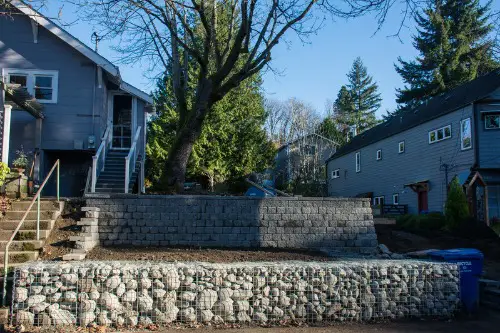
Terracing slopes in landscaping is a classic technique that doubles as a defensive strategy straight out of ancient fortifications. Just like a castle might use staggered levels to slow invaders, terracing controls water runoff and prevents soil erosion—nature’s version of a sneak attack. These stepped levels also give you command over elevation, which, in military terms, is key terrain. Holding the high ground isn’t just useful in battle—it’s perfect for garden beds and visual drama.
What’s clever is how this uses elevation to create barriers, naturally channeling movement and energy. In a yard, this translates to guiding where water flows or how guests wander through your space. A well-terraced yard doesn’t just look good; it performs a protective function. That’s strategic landscaping with ancient military roots.
2. Creating Chokepoints with Pathways
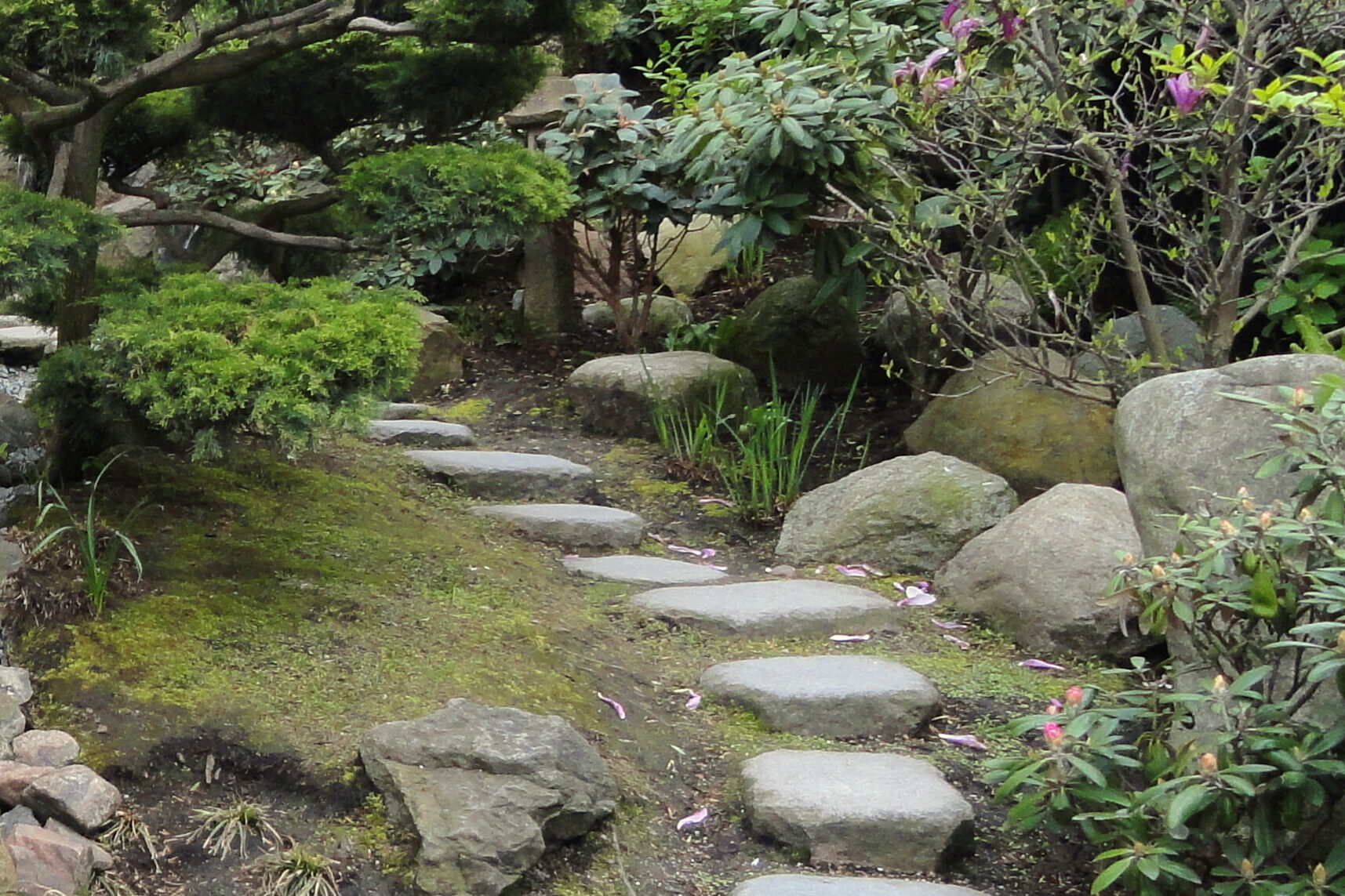
Strategic landscaping often guides movement—just like armies shape terrain to control enemy flow. Narrow garden paths bordered by hedges or fencing work like tactical chokepoints, subtly directing foot traffic. In warfare, bottlenecks are used to limit the advantage of a larger force. In a yard, they help manage flow, protect delicate plants, and create moments of pause.
It’s a way to control the narrative of how people experience your space. Instead of a chaotic sprawl, you get a carefully staged journey. You can lead guests to focal points or away from less attractive zones. It’s subtle but incredibly effective—and directly inspired by battlefield planning.
3. Camouflage Planting
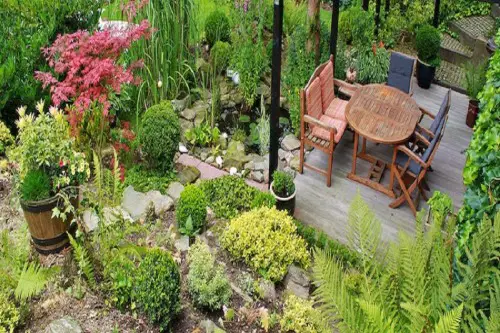
Camouflage is one of the most recognizable military strategies, and it has a perfect landscaping twin. Using layered plantings to conceal structures like sheds, AC units, or compost bins mimics how armies hide assets from aerial view. It’s more than aesthetic; it’s tactical privacy. By blending these elements into the landscape, you avoid visual “tells” that disrupt harmony.
This technique works best with varying heights and textures—think ornamental grasses in front, taller shrubs behind. It’s about tricking the eye while maintaining functionality. Just like in military camouflage, the goal is to break up outlines and avoid drawing attention. And when done well, it turns utility into beauty.
4. Zoning Like a Base Camp

Military bases are carefully zoned—there’s a reason command centers aren’t next to mess halls. In landscaping, using zones for entertaining, gardening, storage, and relaxation mirrors this idea. Each space has a defined purpose, which boosts efficiency and comfort. It also reduces cross-contamination, like smoke from a fire pit wafting into a veggie garden.
Zoning helps maintain order and anticipates how people (and pets) will behave in each area. It’s about creating a plan before deployment—just like in a mission brief. The result is a yard that works smarter, not harder. No wasted space, no confusion, just clean lines and clear intent.
5. Using “Dead Ground” Wisely
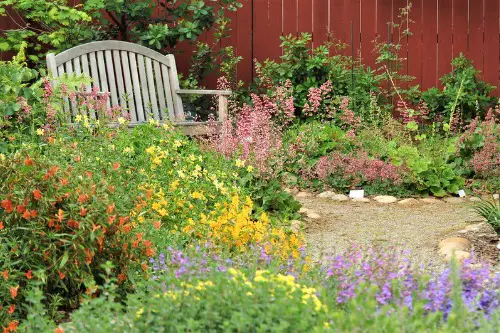
In military terms, dead ground refers to areas that can’t be seen or hit directly—blind spots. In landscaping, these hidden nooks can become restful retreats or functional utility corners. By understanding where visibility drops, you can place seating, bins, or private reading zones that feel tucked away. It’s a strategic use of space that adds layers without adding clutter.
Dead ground can also absorb noise or act as buffer zones. Think of them as pockets of calm amidst a larger tactical layout. When used well, they provide psychological relief, just like a well-placed fallback position. It’s all about knowing when to retreat from the obvious.
6. Building Defensive Perimeters
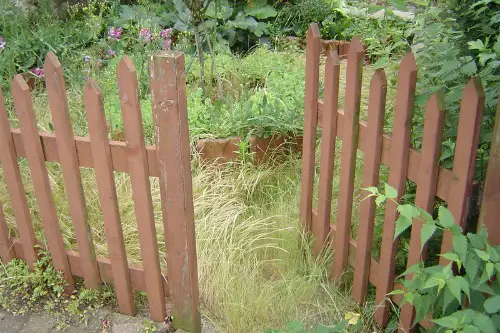
Fences, hedges, and walls might seem basic, but they echo perimeter defenses used in military compounds. In landscaping, these serve both aesthetic and security purposes, especially when layered with plants. A thorny hedge, for example, is a natural deterrent—a nod to how brambles were used historically to stall cavalry. These lines also define territory and privacy without being overt.
The beauty lies in the dual use: safety and style. Perimeters guide entry, limit exposure, and establish visual boundaries. It’s no accident that modern security landscapes often borrow heavily from fortress design. Nature meets defense—and looks good doing it.
7. Employing Psychological Warfare with Lighting
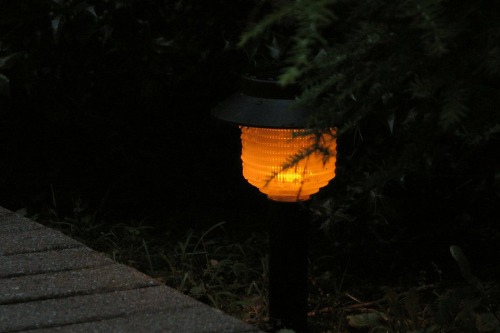
Just as militaries use light and noise for psychological operations, landscape lighting can shift mood and perception. Up-lighting trees creates a sense of grandeur, while motion-activated lights enhance security. This isn’t just about visibility—it’s about feeling. Light draws attention, influences behavior, and manipulates focus.
Smart lighting turns a simple garden into a staged environment. You highlight what you want people to see—and hide what you don’t. It’s psychological strategy in the form of ambiance. And when timed or automated, it can even simulate presence, deterring intruders the same way a well-lit base might.
8. Strategic Use of Natural Barriers

Rivers, cliffs, and ravines have historically been used to slow or deter enemies. In your yard, think of steep grades, rock features, or dense plantings as nature’s own fortifications. They create boundaries without fences and subtly suggest “no-go” zones. It’s terrain as tactic—shaping behavior without confrontation.
These natural features also offer microclimate control and water diversion. That’s a win for both aesthetics and sustainability. The trick is in making them feel organic, not obstructive. When planned with intention, they become part of the strategy, not just the scenery.
9. Observation Points and Vantage Zones
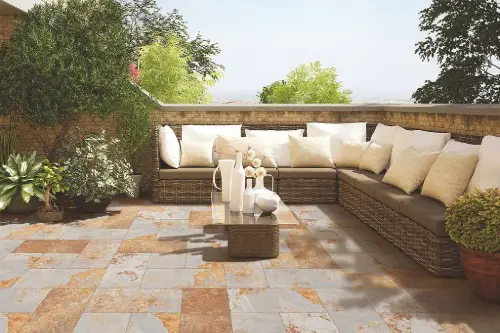
Just as sentries are stationed at lookout points, your landscaping can offer visual control from specific spots. A deck, patio, or even a kitchen window with clear lines of sight across the yard acts as a natural vantage point. It allows you to supervise kids, watch for intruders, or just enjoy the garden’s full sweep. This is less about paranoia, more about perspective.
Good landscaping encourages visual triangulation—being able to see multiple zones from a single point. That’s borrowed directly from military overwatch setups. It improves safety, usability, and even design coherence. Knowing where the view is best helps decide where effort is most worth it.
10. Decoy Features to Distract Attention
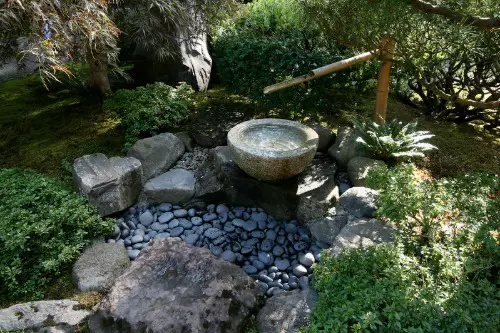
In military deception, false targets draw fire away from real assets. Landscaping uses a similar tactic with focal points like sculpture, water features, or statement plants. These visual “decoys” pull attention from less desirable areas—say, a utility box or an uneven fence line. They’re not just pretty—they’re functional distractions.
By controlling the gaze, you elevate the experience and downplay imperfections. The eye is drawn to drama, not detail. It’s a clever manipulation of human perception—straight from military misdirection playbooks. And it’s incredibly effective in small spaces where flaws are harder to hide.
11. Water Control Like Trench Strategy
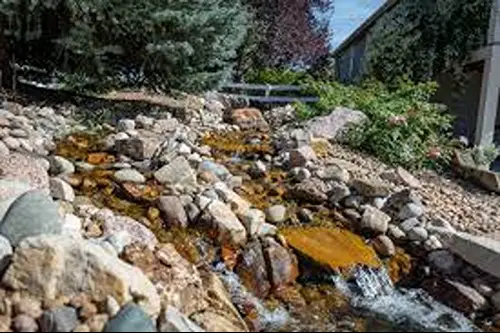
Water has always been both a resource and a threat in war, which is why trenching and drainage are so vital. Landscaping borrows these ideas to prevent flooding and erosion. Swales, French drains, and dry creek beds are modern versions of those wartime trenches. They redirect water safely while integrating beautifully into the design.
It’s tactical hydrology with a stylish twist. These features can be ornamental or invisible, but their role is essential. Just like on the battlefield, uncontrolled water causes chaos. Channeling it wisely is one of the quietest—but smartest—landscaping moves you can make.
12. Layered Defense with Planting Strata

Multi-layered defense systems are standard in military zones: outer barriers, inner lines, and fallback positions. Landscaping mirrors this with planting strata—ground covers, mid-height shrubs, and tall trees working in tiers. This approach adds depth, controls erosion, and fosters biodiversity. It’s not just beautiful—it’s resilient.
Layering also supports micro-ecosystems, enhancing both pest control and pollination. Like in a defense plan, each layer backs up the others. If one fails, another holds the line. It’s a quietly powerful way to structure your space—rooted in both design and strategy.
This post 12 Landscaping Techniques That Quietly Mimic Military Strategy was first published on Greenhouse Black.
